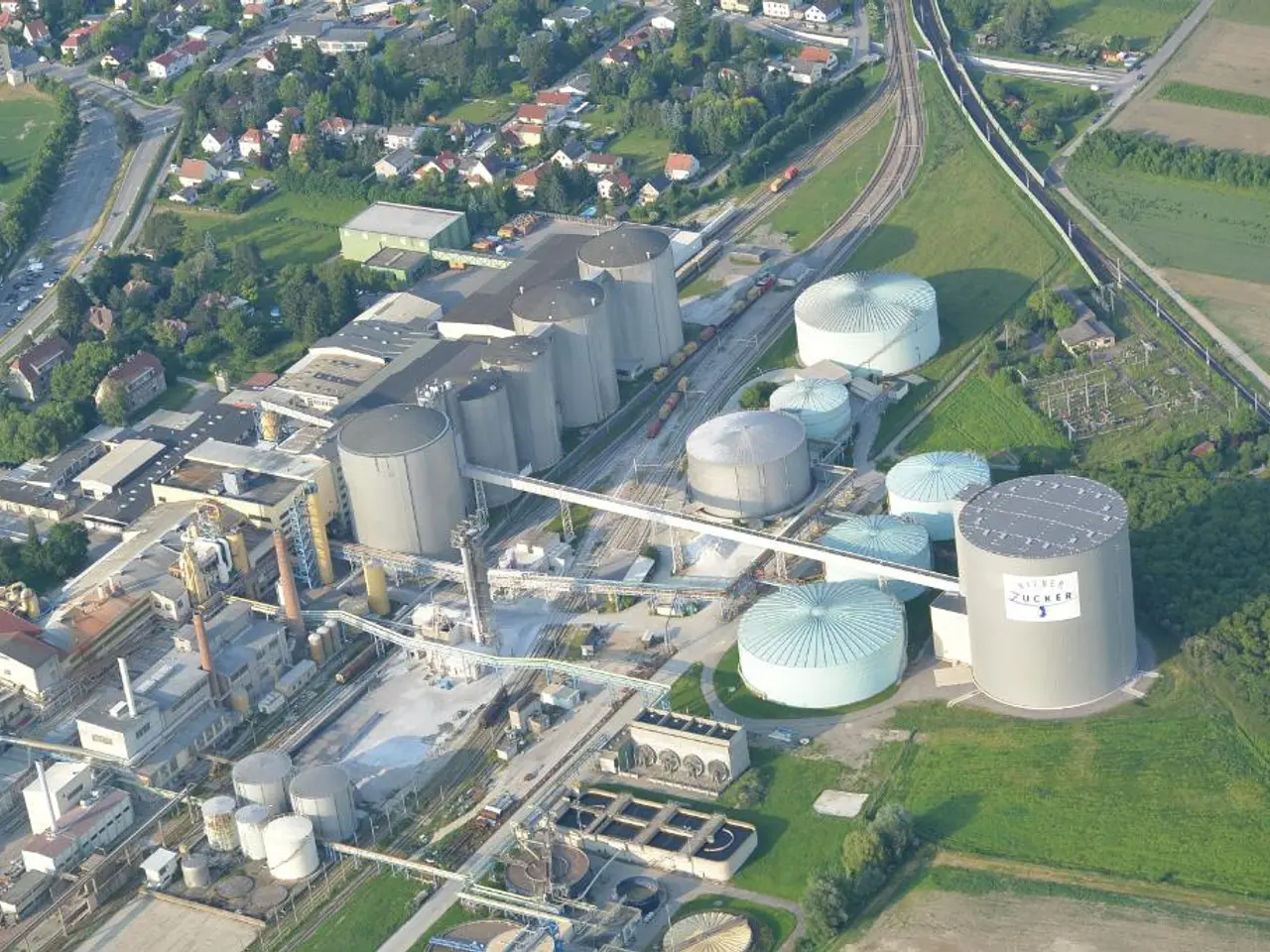Pipeline Easement Verification Checklist for Oil and Gas Operations
Oil and gas pipeline easement agreements are a common sight in areas where production is high, such as Eastern Ohio. These agreements outline the terms and conditions under which a pipeline company can construct, operate, and maintain a pipeline on a landowner's property.
Key Provisions in a Pipeline Easement Agreement
A typical pipeline easement agreement includes several key provisions. These include:
- Description of the Easement Area: The agreement clearly defines the area where the pipeline will be located, including width specifications (ranging from about 5 to 65 feet) and a prescribed area where certain land uses are restricted or require operator consent.
- Rights Granted to the Pipeline Operator: The agreement grants the pipeline operator rights to construct, operate, maintain, inspect, repair, and replace the pipeline on the landowner's property.
- Landowner Obligations and Restrictions: Landowners are bound by certain obligations and restrictions within the easement area. For example, digging, building, or planting certain types of vegetation without approval may be prohibited.
- Compensation Terms: The agreement defines payments or royalties to be made to the landowner for granting the easement, often negotiated to reflect fair market value and consider disruption and damages to ongoing land use.
- Duration and Renewal Conditions: The easement may be perpetual or for a fixed term, and conditions under which it may be terminated or renewed are specified.
- Assignment and Transfer Provisions: The pipeline company can assign its rights under the easement to another party, often requiring explicit landowner consent to prevent unauthorized transfers.
- Environmental and Safety Requirements: The agreement ensures compliance with applicable environmental laws and safe pipeline operation practices, including pipeline burial standards and leak prevention measures.
Common Landowner Concerns
Despite these provisions, landowners often have concerns about pipeline easements. These include:
- Loss of Land Use and Control: The easement may restrict how landowners can use their property in the pipeline corridor and nearby buffer zones, impacting activities like farming, construction, or landscaping.
- Permanent Impact on Property Value or Usability: Landowners worry about the easement's long-term effects on the value of their land or limitations on selling or developing the property.
- Inadequate Compensation: Concerns that payments for granting easements do not adequately compensate for lost use, damages, or inconvenience caused by pipeline construction and maintenance.
- Lack of Informed Consent and Negotiation Leverage: Landowners often feel pressured to sign quickly without fully understanding rights, protections, or risks, highlighting the importance of seeking experienced legal counsel.
- Risk of Pipeline Leaks or Accidents: Although pipelines are considered safe, the potential for leaks, spills, or accidents poses safety and environmental concerns for nearby landholders.
- Restrictions on Transfer or Assignment of the Easement: Some provisions may allow pipeline operators to assign their easement rights without landowner consent, causing unease about who may ultimately control access to their land.
Balancing Interests
These agreements aim to balance pipeline operators' need to transport oil or gas efficiently and safely with landowners' rights to fair compensation, land use protections, and involvement in critical decisions affecting their property. Landowners are advised to obtain legal advice to negotiate terms that protect their interests and minimize unwanted impacts.
The agreement also outlines procedures for addressing and handling disputes, and may include provisions for amending the agreement. It may also include a termination date, if applicable. The agreement outlines construction timetables, damages for construction delays, landowner's access rights during construction, and adherence to Ohio pipeline construction standards.
The agreement specifies requirements for crossing waterways during construction, minimizing impacts on woodlands and timber, field crops, and managing livestock during construction. The agreement also outlines how and where to access the pipeline easement for inspection and maintenance, and defines boundaries for inspection and maintenance activities.
Failure to construct the pipeline can lead to automatic termination of the easement, as stated in the agreement. The agreement may include provisions for payment for damages resulting from construction, maintenance, and the long-term presence of the pipeline on the property, including harm to or loss of timber, crops, and soil.
The agreement includes procedures for replacing topsoil and vegetation, land surface restoration, and restrictions on construction-related activities. The company is obligated to notify and remove structures and equipment following termination or abandonment of the pipeline. The indemnification provision in the pipeline easement agreement protects the landowner from liability for acts of the company and third parties.
Landowners may receive offers from companies for pipeline construction on their properties. The easement location is described accurately, including width, post-construction survey, and temporary construction easement, if applicable. The agreement specifies limitations on the number of pipelines, pipeline size, pressure, and the types of substances to be conveyed.
Pipelines are considered the safest mode of transport for high volumes of petroleum products, according to a Fraser Institute study. A typical oil and gas pipeline easement agreement includes a granting clause with a clear statement of property rights being granted.
- The pipeline agreement specifies the rights granted to the pipeline operator to construct and maintain the pipeline, which may include activities like inspection, repair, and replacing the pipeline.
- Landowners may express concerns about the potential loss of land use and control due to restrictions within the pipeline corridor and buffer zones, impacting activities such as farming, construction, or landscaping.
- The agreement outlines compensation terms, which often represent payments or royalties made to the landowner for granting the easement, with negotiations considering fair market value and disruptions to ongoing land use.
- The document outlines environmental and safety requirements, ensuring compliance with applicable laws and safe pipeline operation practices, including pipeline burial standards and leak prevention measures.
- To balance pipeline operators' needs with landowners' rights, the agreement outlines procedures for addressing disputes and amending the agreement, as well as landowners' access rights during construction.
- The agreement includes indemnification provisions, protecting the landowner from liability for acts of the company and third parties.
- Additionally, the agreement outlines requirements for crossing waterways, minimizing impacts on woodlands, timber, field crops, and managing livestock during construction.
- The agreement contains provisions for replacing topsoil and vegetation, land surface restoration, and restrictions on construction-related activities following the project's completion.
- Companies may offer landowners pipelines construction on their properties, and the agreement for such projects details the location, width, and temporary construction easement, if applicable.
- Pipelines are perceived as the safest mode of transport for high volumes of petroleum products, according to a Fraser Institute study, and a typical oil and gas pipeline easement agreement includes a granting clause with a clear statement of property rights being granted.




